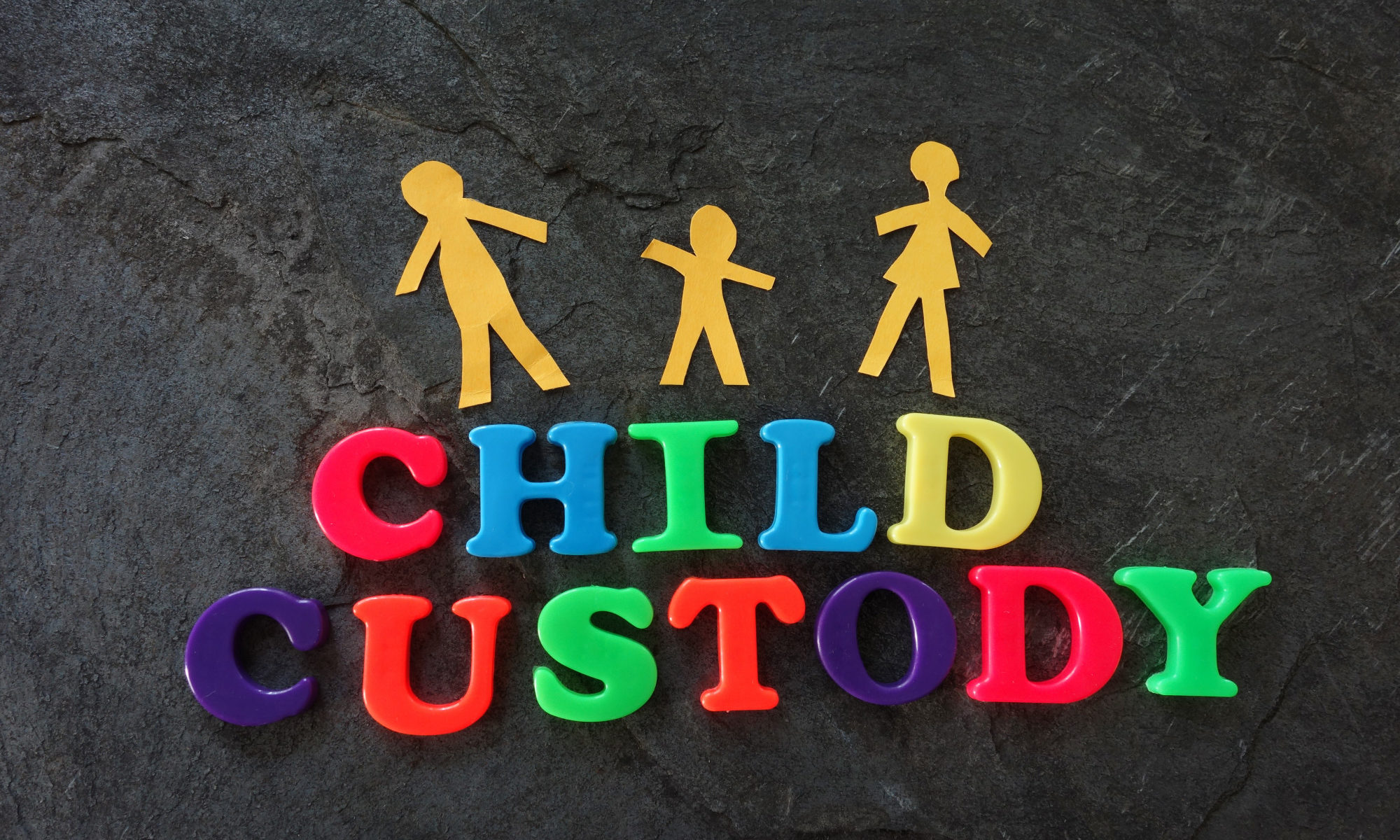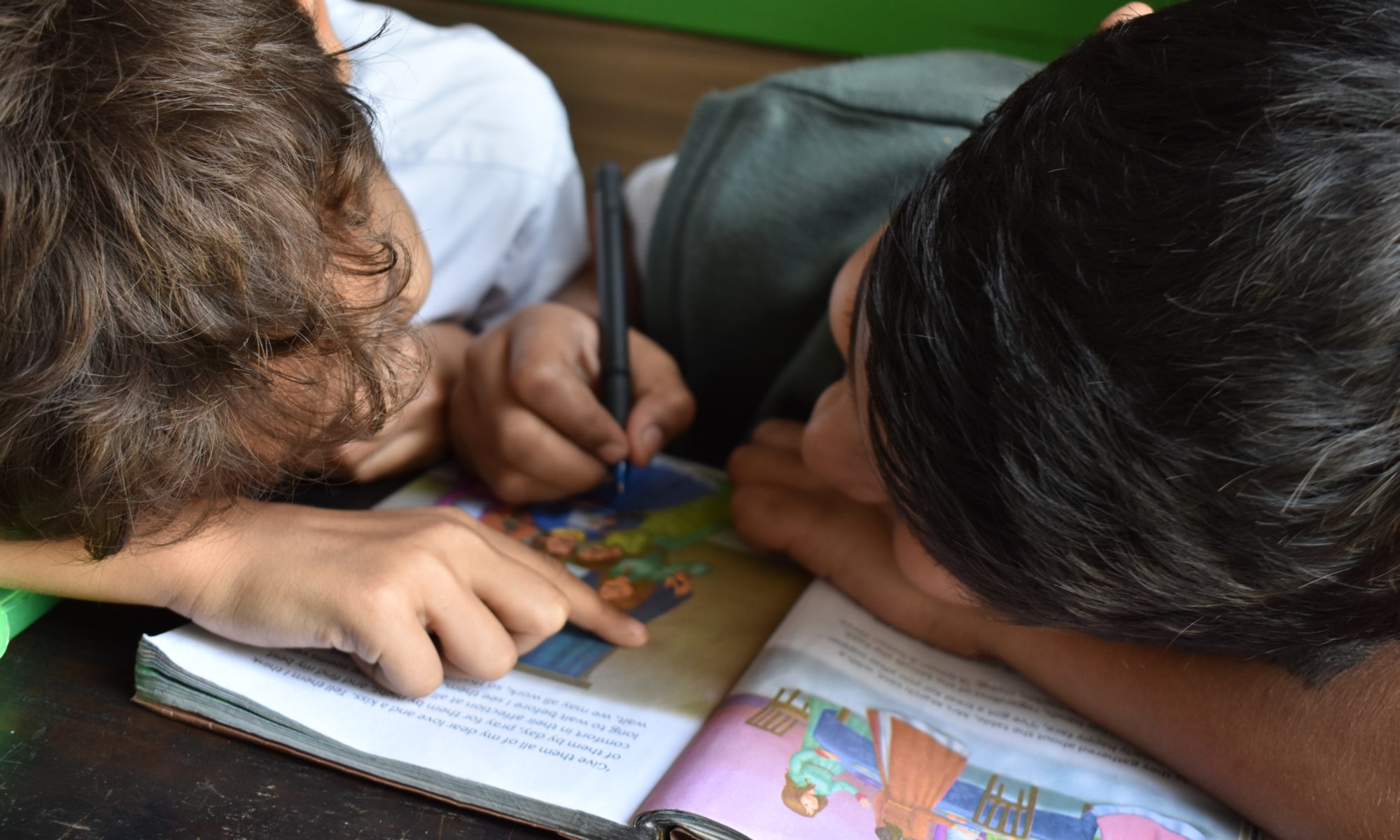Divorce is typically considered one of the most stressful life events a person can go through. When there are children involved, it’s generally the parents’ highest priority that the transition is made with their well-being in mind.
Research has shown that the best way to support the well-being of children during a divorce is to keep the process as amicable and low-conflict as you can.
For different families, different solutions will make sense. For some families, they have found the solution in something known as “nesting” or “bird-nesting.”
What is bird-nesting, and is it right for your family post-divorce? Let’s take a look at everything you need to know.
What Is Bird-Nesting?
A custody transition approach that has gained popularity in recent years is known as “bird-nesting.”
Have you heard the term bird-nesting, or simply nesting? They refer to when the children remain living in the family home and both parents take turns living there with the children. This is a strategy where the kids are able to always stay in one place. Instead of the children having two different homes that they travel between, the parents rotate living in the home.
When one parent is not living in the home, they might rent or own a separate residence or they might stay with a family member or friend.
In some arrangements, both parents continue to live in the family home at the same time but they have separate bedrooms that they sleep in. They maintain relatively separate lives and have specific time periods that they are responsible for the children.
Bird-Nesting Pros and Cons
Bird nesting is appealing to many co-parents, as it is a top priority to keep the children in the family home. Once you start looking into the details, however, there are a lot of different factors to consider. The most important thing to take into consideration when determining whether or not bird-nesting is right for you is whether or not you can maintain an amicable and communicative relationship while co-parenting in this arrangement.
While there are a number of benefits to bird-nesting, there are also some drawbacks. Let’s take a look at what you need to know.
Bird-Nesting Pros
Divorced parents who are engaging in co-parenting are increasingly drawn to the idea of bird-nesting. One of the benefits of this arrangement is financial. By bird-nesting, the costs of post-marital housing can be reduced.
After a divorce, the single largest expense each parent typically experiences is the housing costs. When you’re bird-nesting, you can keep the family home and rent one small space that you rotate between.
As mentioned previously, some co-parents will choose to remain living in the family home full time while maintaining separate lives and bedrooms. This eliminates the additional housing costs entirely.
Typically, when parents get divorced and maintain different households that the children rotate between, both houses have to have duplicate necessities. With bird-nesting, this significant expense can be avoided.
Bird-nesting can also help give some space and time in terms of deciding what to do with the family home. Divorce can be a tumultuous, difficult, and stressful time, and adding major financial decisions on top of that can be downright overwhelming. With bird-nesting, you can wait to make a decision about selling the family home when you both have more personal space to do so.
There are also emotional benefits to bird-nesting. The well-being of your children is your top concern, and moving them out of the family home can be quite difficult and stressful for children, particularly at the time of their parents’ divorce.
The emotional impact moving has on children can depend on their age. Younger children might make the transition more easily, while older children or teenagers might really struggle with relocating.
When the children remain in the family home, it means they can remain in the same school, hang out with the same friends, and maintain the same habits and schedule. It can also help to avoid the social embarrassment that divorce can sometimes cause for older children.
Bird-nesting also means that children don’t have to be constantly moving themselves and their possessions between two different locations. This can help them to feel more centered and ensures that they’ll always have what they need at hand.
Divorce is an unsettling time for everyone in the family. Nesting offers a solution to help provide a tangible sense of security and lessen the trauma.
Bird-nesting can also have emotional benefits for you and your co-parent. It’s common to feel attached to the family home, and getting to spend at least some time there can help you meet your own emotional needs during and after a divorce.
This can also be an opportunity to show your children the power of working together. It can be healthy for your children to see the two of your working as a team and getting along. This can help them still feel supported by both parents and not feel caught between them.
Creating boundaries is a necessity in any co-parenting relationship. You can learn more about how to set boundaries here.
As you can see, there are a number of benefits to keeping your children in the family home after a divorce. However, it’s not all necessarily sunshine and roses. Let’s take a look at some of the potential drawbacks of bird-nesting in the next section.
Bird-Nesting Cons
Whether or not bird-nesting is the right arrangement for you and your family is something only you can decide. Understanding the possible cons of this situation can help you determine whether or not it’s the right choice for you.
While there are some financial benefits to bird-nesting, it can also add some financial complications. When you get a divorce, sell the family home, and each go your own way, it can be a cleaner break. You can divide up assets and liabilities and determine what kind of support will be given and each essentially has a fresh start.
When you still own a home together and both live in it after a divorce, however, your finances are still entangled. Decisions about how utility bills are split up can and maintenance expenses have to be determined ahead of time in order to avoid issues down the line. It will also have to be determined who pays for the other residence that is maintained.
Also, if your nesting plan involves one parent purchasing the house from the other once the children are grown, it might make the other parent wary of investing in long-term repairs or upgrades.
Additionally, there are some tax consequences. Now that you’re divorced, it has to be decided who can deduct real estate taxes and mortgage interest when they file.
Child support can similarly become complicated when bird-nesting. It can be difficult to calculate child support when both parents are living in the same home technically.
Lastly, there are the financial considerations that come from day-to-day life. Are you still splitting groceries down the middle, or are you separately labeling your own gallons of milk?
Of course, there are also some emotional drawbacks to bird-nesting.
It’s important to consider how it will feel to be still sharing the family home after you have gotten a divorce. While you know that you’ll be connected as co-parents, it can be uncomfortable and confusing to still be sharing the same space. This is true even if you aren’t sharing the space at the same time.
You’ll have to consider questions like who will get the master bedroom, or whether you’ll rotate its use.
Privacy is also a major issue. Will you have to remove all of your personal effects when you rotate out of the space? How does it work when one or both of you enters a new relationship?
Bird-nesting can also have some emotional cons for the children. While it can be stabilizing for them to live in the family home, it can still be strange and confusing for their parents to be rotating in and out.
Some people find that nesting works well in the short-term, but it can cause problems in the long term. One potential issue is that a long-term nesting situation can give the children false hopes that you will reconcile and get back together.
It can also be difficult for the children if the emotional stresses of bird-nesting cause an increase in arguments between their parents. If the arrangement is not well designed ahead of time, it can create a stressful home-space for the whole family.
Now that you’ve seen some of the benefits and drawbacks of bird-nesting, let’s talk about creating a nesting plan.
Coming Up With a Nesting Plan Is Essential
You’ll want to put quite a bit of thought into whether or not nesting is the right solution for your family post-divorce. An experienced mediator can help guide the two of you in coming to an agreement that will work.
Even when you decide you are going to bird-nest, you’re still going to need a defined co-parenting plan. Without one, it’s all too easy for miscommunication and issues to arise.
It’s important to determine which days, weekends, and holidays each of you will spend in the house after you’re divorced. It’s also essential to figure out who is financially responsible for what.
Another essential part of bird-nesting is communication. It can be difficult for co-parents to separate their new responsibilities from their previous marital conflicts. Nesting is only successful when the co-parents are able to remain cooperative, amicable, and continuously communicative.
When you choose to engage in a nesting arrangement, you are still remaining fairly entangled in one another’s lives. Depending on your particular circumstance, this might be more or less possible for you and your ex.
Sticking to the established schedule is very important in nesting. If one co-parent strays from this schedule, it is opening a lot of room for conflict.
It’s best to delve into the gritty details when coming up with a plan rather than figuring it out as you go along. Sure, things can always come up unexpectedly, but some of the bumps you might face in the road can be anticipated.
For example, what is the plan when one or both of your start dating again? Will it be possible to remain team-oriented and amicable when this occurs?
Additionally, you’ll need to sort out the details of the finances. How will utilities, groceries, a second apartment, repairs, maintenance, and so forth be split up? What is the plan for the house when your nesting agreement ends?
Many people enter into bird-nesting co-parenting with the best of intentions for their children. However, if the situation is going to be too stressful, uncomfortable, or fraught with conflict, then it might end up harming the children more than it helps them. This is why it’s important to try and create an honest picture of what will work for you and what won’t so that the arrangement can truly be amicable, communicative, and positive for all involved.
Nesting: Is It the Right Solution For Your Family After a Divorce?
If you’re going through a divorce and there are children involved, you are likely very focused on trying to find a solution that doesn’t negatively impact their well-being. For some families, nesting might be the answer. For others, the drawbacks of bird-nesting might lead them to go down a different road.
Are you looking for additional resources to help you determine what kind of co-parenting relationship will work best for you and your family? There is a library of articles here that can help you learn more about parenting post-divorce. If you’re looking for additional tools for co-parents, you can register at 2houses here.








